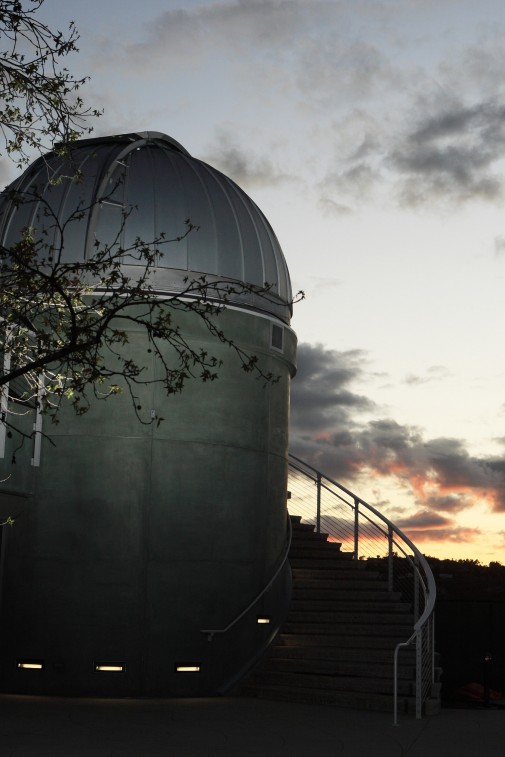Stargazers to View Jupiter and Nebula
By
Westmont
 Westmont’s powerful Keck Telescope hopes to show off the planet Jupiter during a free, public viewing of the stars on Friday, March 15, beginning at about 7:30 p.m. The best viewing generally occurs later in the evening. In case of inclement weather, please call the Telescope Viewing Hotline at (805) 565-6272 and check the Westmont website to see if the viewing has been cancelled.
Westmont’s powerful Keck Telescope hopes to show off the planet Jupiter during a free, public viewing of the stars on Friday, March 15, beginning at about 7:30 p.m. The best viewing generally occurs later in the evening. In case of inclement weather, please call the Telescope Viewing Hotline at (805) 565-6272 and check the Westmont website to see if the viewing has been cancelled.
“Jupiter will still be well-placed this evening with Callisto, one of Jupiter’s four Galilean moons, lying very close to the ball of the planet near the onset of tonight’s viewing,” says Thomas Whittemore, Westmont physics instructor. “Jupiter will lie above a beautiful, four-day-old Moon and sandwiched between Taurus’ wonderful Hyades and Pleiades open clusters.”
The viewing may also feature the Great Orion Nebula. “Last month we had some fine, steady views of this stellar nursery through Westmont’s 24-inch reflector telescope,” Whittemore says. “Let’s hope the viewing is good enough this evening to see six of the Trapezium stars in the center of the nebula.”
Whittemore says the comet Pan-STARRS, lying low in the western sky just after the sun goes down, may also be visible with the naked eye. “It’ll be difficult to see on Friday and it will not be a telescopic object for Westmont’s observatory-based telescopes considering how low in the sky it will be during early twilight,” Whittemore says. “I will, however, bring a pair of binoculars just in case we get lucky.”
The best time to view the comet on the western horizon will be March 12-13 between 7-7:30 p.m. Whittemore suggests binoculars to see the tail of the comet, which was discovered in 2011 by the Pan-STARRS telescope in Hawaii.
The Keck Telescope is housed in the observatory between Russell Carr Field and the track and field/soccer complex. Free parking is available near the baseball field. Here is a pdf of the campus map.
Filed under
Campus Events, Faculty and Staff, Press Releases